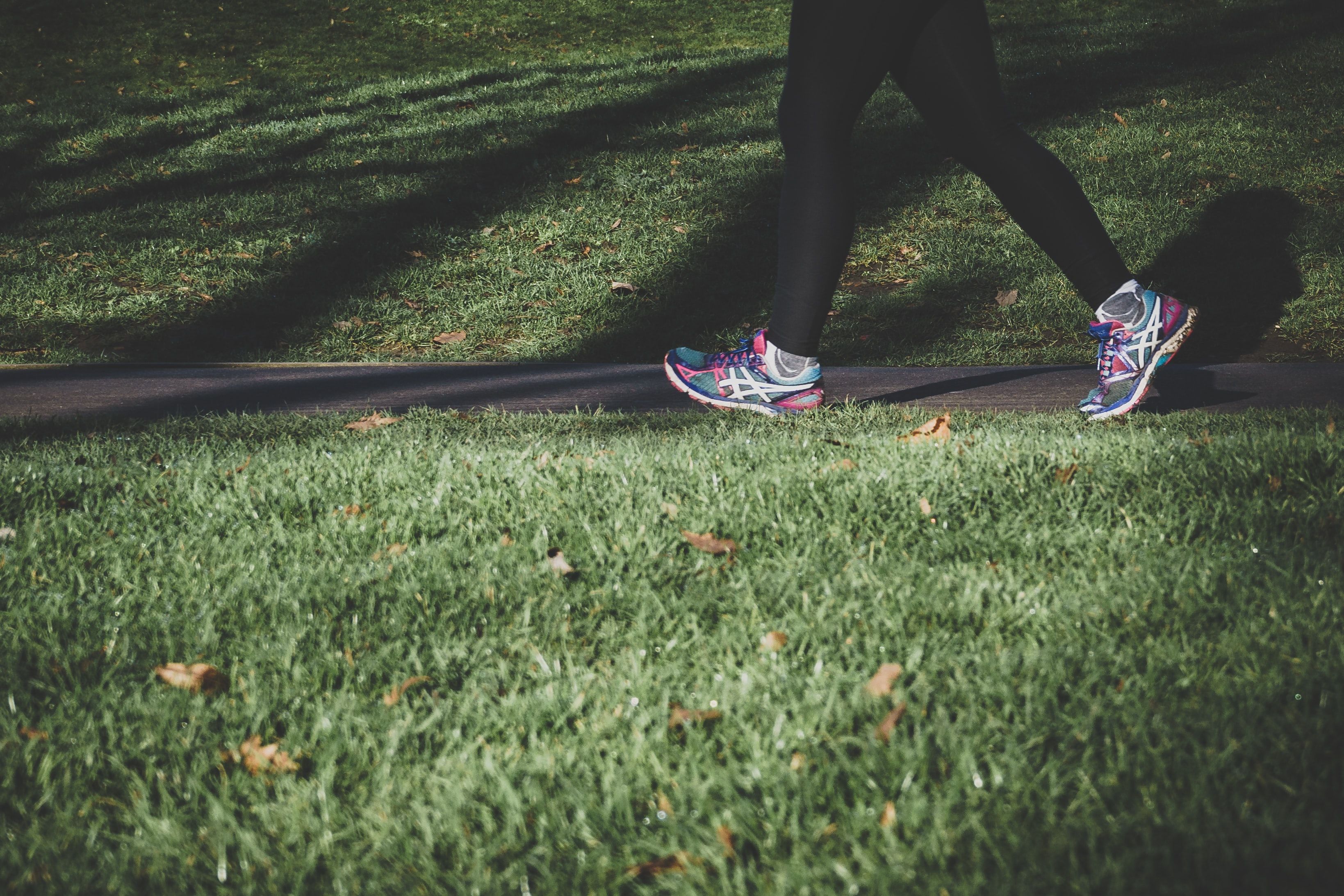Article
COPD Patient Personalities Linked to Physical Activity Levels
Author(s):
Data shows certain personality traits are linked to a COPD patient's likelihood of active or sedentary behaviors.

A recognition of the associations between chronic obstructive pulmonary disease (COPD) patient personality and their physical activity levels could result in more individualized interventions for their care, according to new research.
In new data presented virtually at the European Respiratory Society (ERS) 2020 Congress this week, a team of France-based investigators showed particular disparities in mean COPD patient physical activities and sedentary behavior.
The team, led by Dr. Pauline Caille, of the Clinic of Souffle and EuroMov Digital Health in Motion at the University of Montpellier, sought to interpret the unique relationships between personality traits and physical health behaviors among patients with COPD. As they noted, physical activity and sedentary behaviors are among the main predictors of COPD mortality.
“However, COPD patients are less active and more sedentary than individuals with other chronic disease,” they wrote. “Therefore, there is a need to better understand the predictors of these behaviors.”
Personality traits, as per greater neuroticism, lower extraversion, and a lowered openness to experience are linked to lesser physical activity. Greater neuroticism, along with lowered conscientiousness, have been associated with more sedentary behaviors.
To learn to what extent these personality associations may influence COPD patients, Caille and colleagues assess 108 patients based on their traits, physical activity, and sedentary behavior.
Investigators’ evaluations included the French version of the Big Five Inventory Questionnaire—for measuring openness, conscientiousness, extraversion, agreeableness, and neuroticism—as well as the Simple Physical Activity Questionnaire and Sedentary Behavior Questionnaire.
Their mean patient population was 68.3 years old (±8.8 years), with 43.5% being female. Mean patient forced expiratory volume over 1 second (FEV1) was 49.8% (±22.6).
Mean patient-reported physical activity was 69.3 (±118.1) minutes per week, while sedentary behavior was 583.6 (±168.2) minutes per day. As per categorization criteria of physical activity, investigators reported 68% were considered inactive.
Investigators observed that greater neuroticism in patients with COPD was significantly associated with lesser physical activity and more sedentary behavior (P <.05). Conscientiousness, adversely, was positively correlated with physical activity.
Patients with higher agreeableness were less likely to be sedentary during the week (P <.01).
As per control variables (patient FEV1, sex, age, and body mass index [BMI]), investigators did not observe any significant differences between active and inactive patients with COPD. They were unable to predict patient likelihood of activity or inactivity based on personality trait results.
The team concluded they had observed a relation between COPD patient personality and their involvement in physical activity and sedentary behavior. They suggested the findings could help better understand how certain factors could be targeted in rehabilitation efforts.
“Our results open up new research perspectives, in particular, it would be interesting to identify if personality traits could predict the evolution of these health behaviors following pulmonary rehabilitation,” they wrote.
The study, “Personality traits, physical activity and sedentary behaviors in patients with chronic pulmonary diseases,” was presented at ERS 2020.





